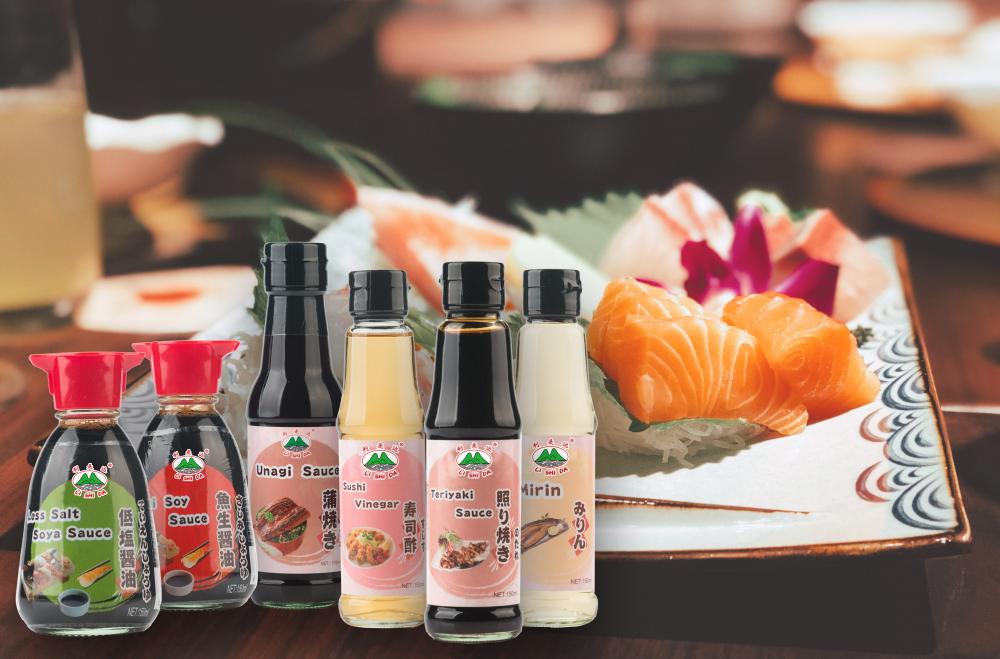Coprinus comatus can processing skills
Coprinus comatus can processing skills Coprinus comatus is delicate and tender, nutritious, delicious, and has obvious adjuvant effects on diabetes. Using this mushroom processing cans has a broad market prospect. First, the process flow: The choice of raw materials, color protection, pre-cooking, cooling, canning and soup sealing, sterilization and temperature preservation, inspection and packaging of finished products. Second, operation: 1, the choice of raw materials. To be divided into two levels: First-class mushroom: mushroom body fresh, intact, close together with the stipe and stipe, mushroom body white, no decap, no open umbrella, root trimming clean, without freckles, mushroom body length 8- 10 cm, root diameter no more than 2 cm, moisture content less than 90%. The second mushroom: 6-11 cm long, the diameter of the root does not exceed 2.5 cm, and the mushroom body is slightly grayish. The remaining conditions are the same. 2, color protection. According to the weight of the mushroom, add a certain amount of fresh water (so that the whole body of the mushroom can be immersed in water), and add 0.03-0.05% of sodium metabisulfite as a coloring agent (the amount is 30-50 per 100 grams of water plus color-retention agent). g). Firstly dissolve the color protector with a small amount, then add the solution to the water of the soaking mushroom body, and soak for about 2 hours. Afterwards, collect and wash the color-protecting agent with clean water (forbidden sulphite protection in foreign countries, proper amount of Vc or Ve can be used for color protection). 3, precooked, cooling. According to different levels of precooked, the water is poured into the mushroom body, and after boiling for 4-6 minutes. After cooking (according to ripening) quickly into the running water rinse, cooling. 4, canning, plus soup. The cooled mushroom body is quickly filled into a cleaned special pot, and a proper amount of soup (water 100 kg, salt 1 kg, citric acid 0.1 kg, Vc 15 g) is added. 5, sealing, sterilization. Vacuum sealing can be adopted and then sterilized. Sterilization request: Take a 500-gram glass bottle as an example, the sterilization type is 5-30-35/121°C, and the pressure is cooled to about 38°C. 6, constant temperature storage. The sterilized cans were wiped with gauze to remove water droplets and stains, coated with rust preventive oil, and stacked in a 35° C. room for constant temperature storage for 7 days. 7, inspection, packaging. After 7 days of storage at a constant temperature, inspections were carried out and unqualified cans were removed from the containers and put into storage or exported. Third, quality standards: 1. Sensory indicators: The mushrooms are arranged neatly, white or slightly light gray, the soup is clear, and there are no impurities. 2. Physical and chemical indicators: solids content above 55%, pH 4-4.6, arsenic ≤ 0.25 g/kg, lead ≤ 1.0 mg/kg, and mercury ≤ 0.1 mg/kg. In order to satisfy people's need,now we develop Japanese Sauce,includes Sushi Sauce,Sashimi Sauce,Unagi Sauce,Teriyaki Sauce,Sushi Vinegar, Mirin Sauce and so on.We select non-GMO soybeans,wheat,sugar and other high quality ingredients,and adhere to brew in traditional process.
Japanese Soy Sauce,Sushi Soy Sauce,Sashimi Soy Sauce,Unagi Sauce,Teriyaki Sauce,Sushi Vinegar KAIPING CITY LISHIDA FLAVOURING&FOOD CO.,LTD , https://www.lishidafood.com

Welcome to contact us for cooperation!
